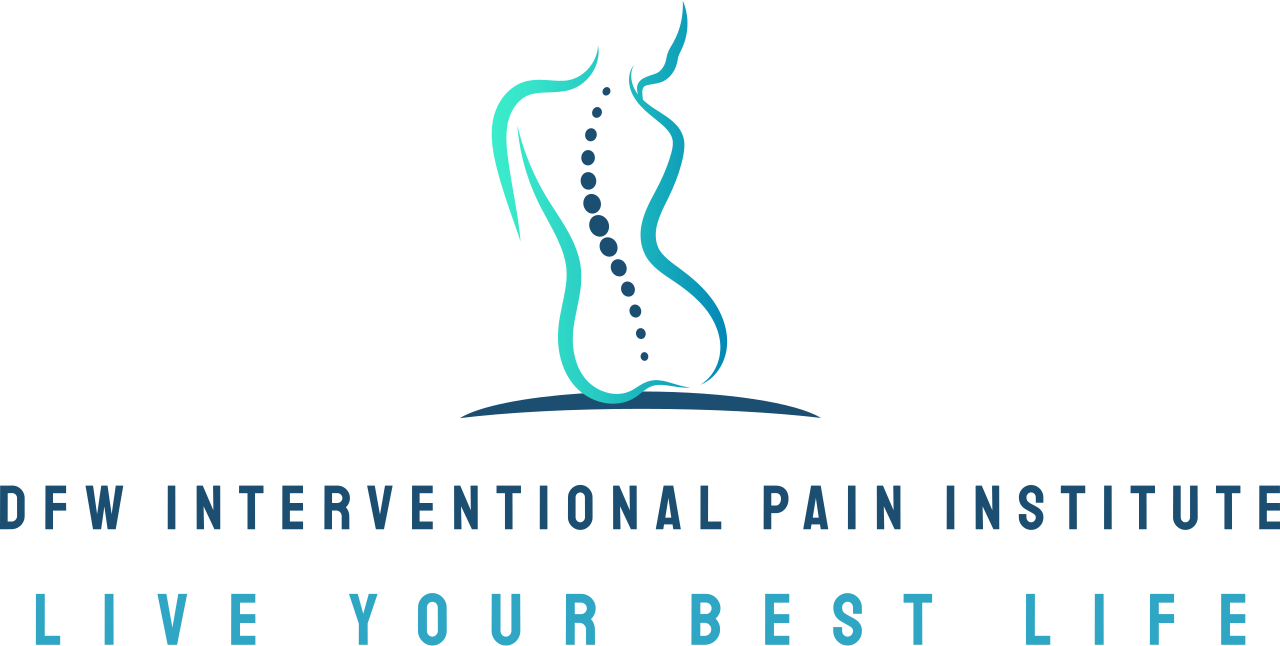Pain management for fibromyalgia: everything you need to know
Fibromyalgia is a chronic pain disorder that affects millions of people worldwide. It's characterized by widespread musculoskeletal pain, fatigue, sleep disturbances and mood changes. Unfortunately, fibromyalgia is still not well understood, and there is no known cure. However, pain management for fibromyalgia at DFW Interventional Pain Institute can be incredibly helpful in managing the symptoms associated with this condition.
In this blog post, we’ll explore everything you need to know about pain management for fibromyalgia, including when to see a pain management doctor, what to expect during your first appointment and the different treatment options available.
What causes fibromyalgia?
The exact cause of fibromyalgia remains unknown, but it is believed to involve a variety of genetic, environmental and psychological factors. Some theories suggest that fibromyalgia can be triggered by physical or emotional trauma, viral infections or certain diseases. It is also thought that in individuals with fibromyalgia, the brain may amplify pain signals, leading to the chronic widespread pain associated with the condition.
Additionally, a genetic predisposition may increase the likelihood of developing fibromyalgia. Although much research has been conducted, the mystery of fibromyalgia's origin persists, reinforcing the need for ongoing studies in this area.
Because much of fibromyalgia remains a mystery and there is no known cure, pain management doctors can help with managing the symptoms. Dr. Edrick Lopez is always willing to help those who are curious about how to approach this fibromyalgia care and takes each patient's experience into account when determining a pain management plan.
What parts of the body are affected by fibromyalgia?
Fibromyalgia primarily affects the musculoskeletal system, leading to widespread pain throughout the body. The pain typically concentrates in specific areas referred to as tender points or trigger points. These fibromyalgia hot spots are commonly found in the neck, back, shoulders, pelvic girdle and hands. However, it's important to note that the pain location may vary from person to person. In some cases, the pain may even feel like it's affecting the entire body.
Along with pain, individuals may also experience stiffness, particularly in the morning, exacerbating the discomfort. Fibromyalgia can also cause headaches and facial pain, particularly around the temporomandibular joint (which you may know as "TMJ"), contributing to the wide array of symptoms associated with this complex disorder.
When should you consider seeing a pain management doctor for fibromyalgia?
If you are experiencing chronic pain, fatigue and sleep disturbances for more than 6 months, it may be time to seek out a pain management doctor. There is no definitive test for fibromyalgia, and diagnosis is usually made based on symptoms and a physical exam. However, a pain management doctor like Dr. Lopez can work with you to create an individualized fibromyalgia treatment plan that suits your needs.
During your first appointment with us at DFW Interventional Pain Institute, we'll ask you about your medical history and conduct a physical exam to assess your pain levels. You may also be asked to keep a pain diary to track the severity and location of your symptoms. Once our team has completed their evaluation, they will work with you to create a personalized treatment plan tailored to your needs.
What are typical treatment options for fibromyalgia pain?
Though there isn't a known cure for fibromyalgia, there are many different treatment options available for pain management for fibromyalgia. Some common options include:
Medications: Prescription medications such as antidepressants, anticonvulsants, and muscle relaxants can be helpful in managing pain, fatigue and sleep disturbances associated with fibromyalgia.
Physical Therapy: A physical therapist can help you learn exercises and stretches that can improve your strength, flexibility and overall quality of life.
Cognitive Behavioral Therapy (CBT): CBT is a type of talk therapy that can help you manage your symptoms by changing negative thought patterns and behaviors. Your doctor may refer you to a mental health professional who can use CBT in addition to other treatment methods.
Relaxation Techniques: Techniques such as deep breathing, meditation and yoga can be helpful in managing stress and reducing pain levels.
Acupuncture: Acupuncture is an ancient Chinese practice that involves inserting thin needles into specific points on the body to relieve pain.
Fibromyalgia Group Therapy: There may be fibromyalgia groups in your community that can provide additional support and resources. Often, having a social group to meet with that has a shared experience can help with managing the pain from fibromyalgia.
By finding the right combination of treatments, it is possible to manage the pain associated with fibromyalgia and lead a more fulfilling life. However, it's important to remember that treatment plans may need to be adjusted over time as symptoms change and evolve.
Find the right pain management practice for your specific patient needs
Pain management for fibromyalgia is incredibly important in managing the symptoms associated with this condition. If you are experiencing chronic pain, fatigue and/or sleep disturbances, it may be time to seek out a pain management doctor. During your first appointment, you can expect your doctor to ask about your medical history and conduct a physical exam to assess your pain levels. There are many different treatment options available, including medications, physical therapy, cognitive behavioral therapy, relaxation techniques, group therapy and acupuncture. Working with a pain management doctor to create a personalized treatment plan can help you manage your symptoms and improve your quality of life.
If you're curious about better ways to treat your fibromyalgia, we'd love to talk with you DFW Interventional Pain Institute. Book an appointment with us to get back on the path to living your best life.

